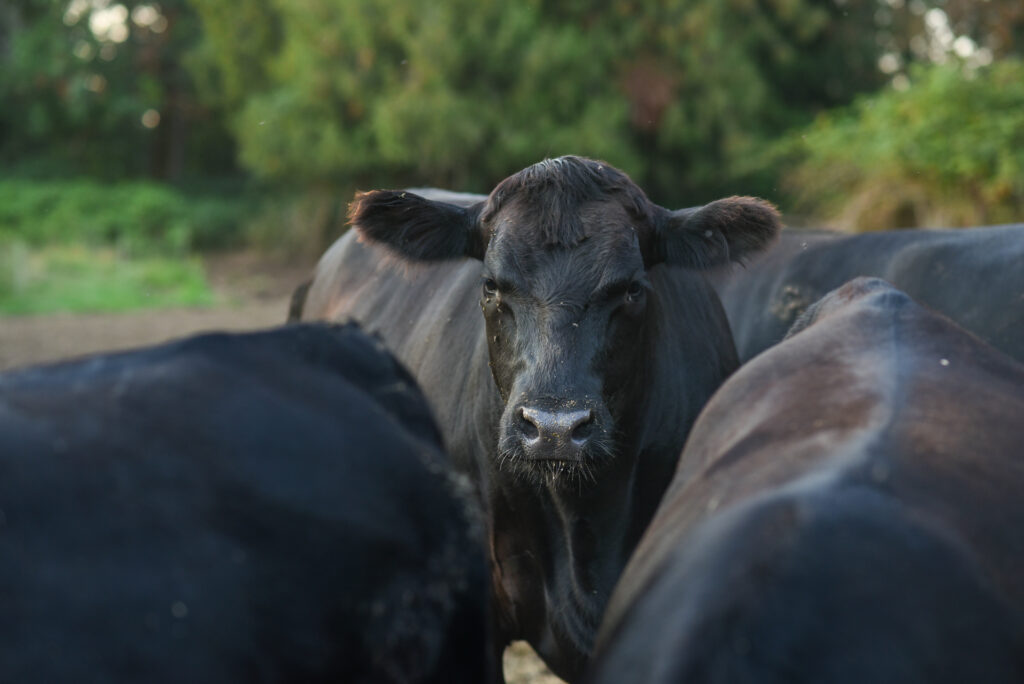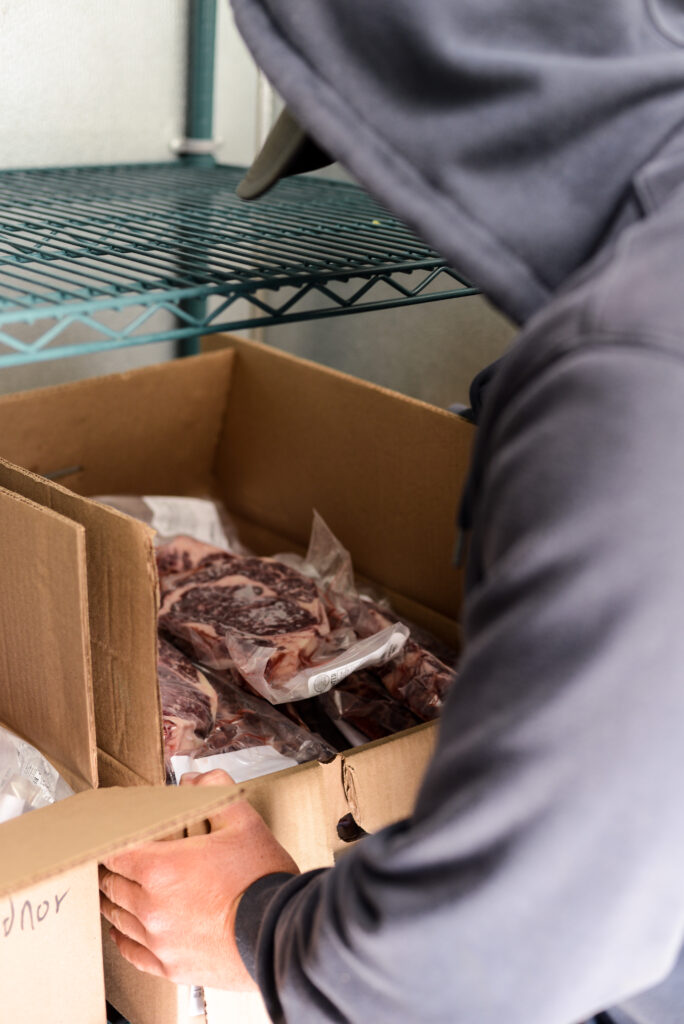
If you’ve walked through the grocery store lately and felt your jaw drop at the price of steak or hamburger, you’re not imagining things. Beef prices are climbing, and it’s not just because the store wants to make a few extra bucks. There are some big-picture things happening right now that are flipping the cattle market on its head — and it’s affecting what you pay at checkout.
So, let’s dig in.
The Screwworm Problem Nobody Asked For
First up: the New World screwworm. (Yes, it sounds like something out of a sci-fi movie, but sadly it’s very real.) This little parasite lays its eggs in open wounds on livestock, and the larvae feed on living tissue. It’s as gross — and dangerous — as it sounds. Mexico recently had cases show up, and the U.S. government didn’t waste time shutting down cattle imports from there.
Why does that matter? Well, Mexico usually sends feeder cattle north that U.S. ranchers finish out before they hit the beef supply chain. With that pipeline cut off, the supply here just got even tighter. And when supply goes down while demand stays the same (or even goes up — hello, summer grilling season!), prices climb.
Our Herds Are Shrinking
On top of that, the U.S. cattle herd is the smallest it’s been since the 1950s. That’s not just a fun trivia fact — it’s a huge problem. Years of drought, high feed costs, and tough decisions have pushed ranchers to sell off cows they normally would’ve kept to raise calves. Less breeding stock today means fewer calves tomorrow, and the cycle keeps shrinking.
Raising beef isn’t like flipping a switch. It takes years to rebuild a herd, and in the meantime, the shelves don’t wait. When you combine fewer animals on the ground with supply chain hiccups like screwworm, it’s no wonder prices are rising at a pace that makes you double-check the label.

The Local Cattle Market Reality
Here’s the part that makes me shake my head: right now, I could take my cows to the auction yard and get more money selling them live than I charge you for the finished beef in our store. 🤯 That’s completely upside-down. Normally, the value is in the steaks, roasts, and ground beef — not in selling the whole animal on the hoof.
This has never happened in all the years we’ve been raising cattle. Buyers at the sale barn are paying top dollar just to get animals, because herds are that tight. For ranchers, it’s tempting to cash out early and walk away with a big (well deserved) check, which many are doing.
But here’s the thing: we’re not in this for the sale barn. We’re in this for you. Watching our beef land on your table — in weeknight tacos, Sunday pot roasts, or piled high on the grill — that’s the payoff that matters most.
So What Does This Mean For You?
It means your grocery store beef is probably going to keep getting more expensive for a while. That’s just the reality of supply and demand. But it also means your choice to shop direct — to skip the middlemen and big chains and instead buy from a ranch like ours — matters now more than ever.
Why Shopping Direct Matters
When you buy from a rancher, you’re not just getting food. You’re getting a story. You’re getting a herd that’s raised with care, on pastures you can actually see, by people you can actually talk to. And your dollars? They don’t disappear into some corporate machine. They stay here, keeping our ranch alive and letting us keep raising the kind of beef you actually want on your plate.
So yes, beef prices are going up. The market’s crazy, the screwworms are creepy, and herds are shrinking. But here’s the silver lining: you still have the power to choose where your beef comes from. And if you choose direct, you’re not just buying food. You’re investing in a rancher, a family, and a way of life that keeps good beef on your table no matter what the global market is doing.
If you’ve ever thought about filling your freezer with high-quality beef, now is the time. Grocery store prices are only heading up, and by reserving a share you lock in a year’s worth of meals at today’s pricing.
A ¼ beef share is perfect for most families, and a ½ beef share will keep you stocked all year. You’ll enjoy everything from premium steaks to roasts and ground beef — all dry-aged for flavor and tenderness. Plus, purchasing a share means you’re getting steaks for about the same price as ground beef at the store.
Ready to stock your freezer? Shop Widnor Farms beef here
PLEASE COMMENT BELOW